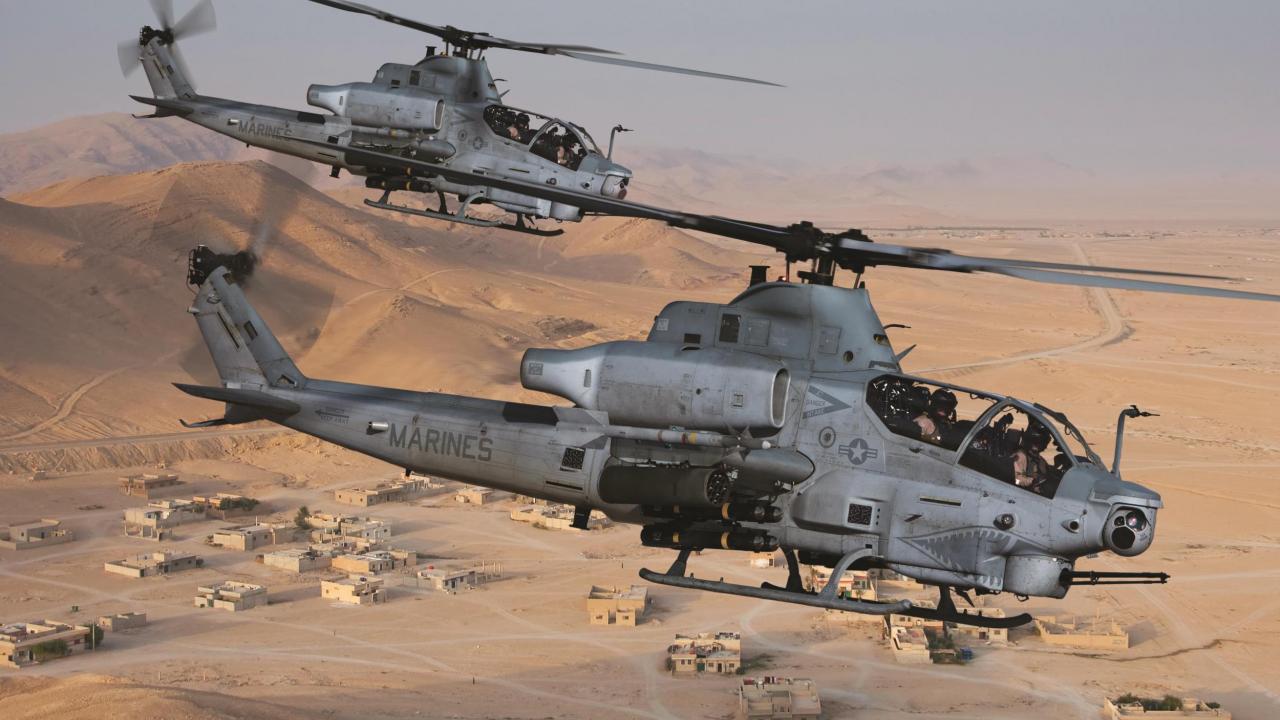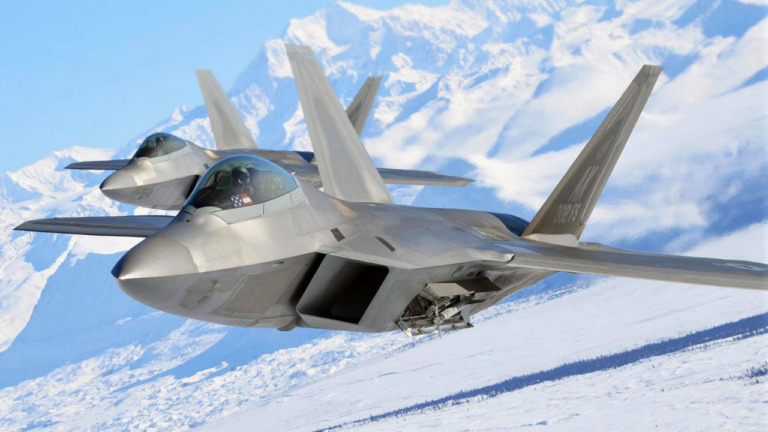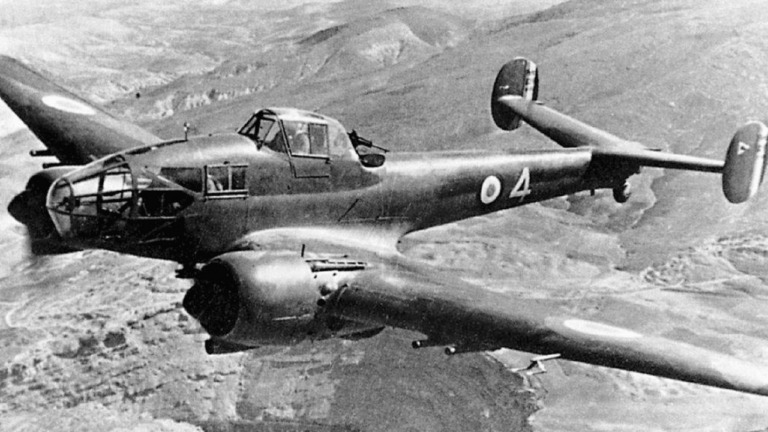Welcome to another episode of Warbird Wednesday! Today we are looking at the Bell AH-1Z Viper. This is a twin-engine attack helicopter, based on the AH-1W SuperCobra, designed and produced by the American aerospace manufacturer Bell Helicopter. It is one of the latest members of the prolific Bell Huey family. It is often called “Zulu Cobra”, based on the military phonetic alphabet pronunciation of its variant letter.
The AH-1Z was developed during the 1990s and 2000s as a part of the H-1 upgrade program on behalf of the United States Marine Corps (USMC). It is essentially a modernization of the service’s existing AH-1Ws, and was originally intended to be a rebuild program before subsequent orders were made for new-build helicopters instead. The AH-1Z and Bell UH-1Y Venom utility helicopter share a common tail boom, engines, rotor system, drivetrain, avionics architecture, software, controls and displays for over 84% identical components. Furthermore, it features a four-blade, bearingless, composite main rotor system, uprated transmission, and a new target sighting system amongst other improvements.[4] On 8 December 2000, the AH-1Z conducted its maiden flight; low-rate initial production was launched in October 2003.
On 30 September 2010, the USMC declared that the AH-1Z had attained combat readiness; it fully replaced the preceding AH-1W Super Cobra during October 2020. The type forms a key element of the Aviation Combat Element (ACE) taskforce which support all phases of USMC expeditionary operations. Since its introduction, the USMC has pursued various upgrades, such as installing Link 16 datalink and outfitting it with the AGM-179A Joint Air-to-Ground Missile (JAGM). Additionally, numerous export customers have been sought for the AH-1Z, it has regularly competed with the Boeing AH-64 Apache for orders. The first export customer was the Royal Bahraini Air Force, and the Czech Air Force has also ordered the type. At one point, Pakistan was set to operate its own AH-1Zs, but deliveries were blocked due to political factors.




